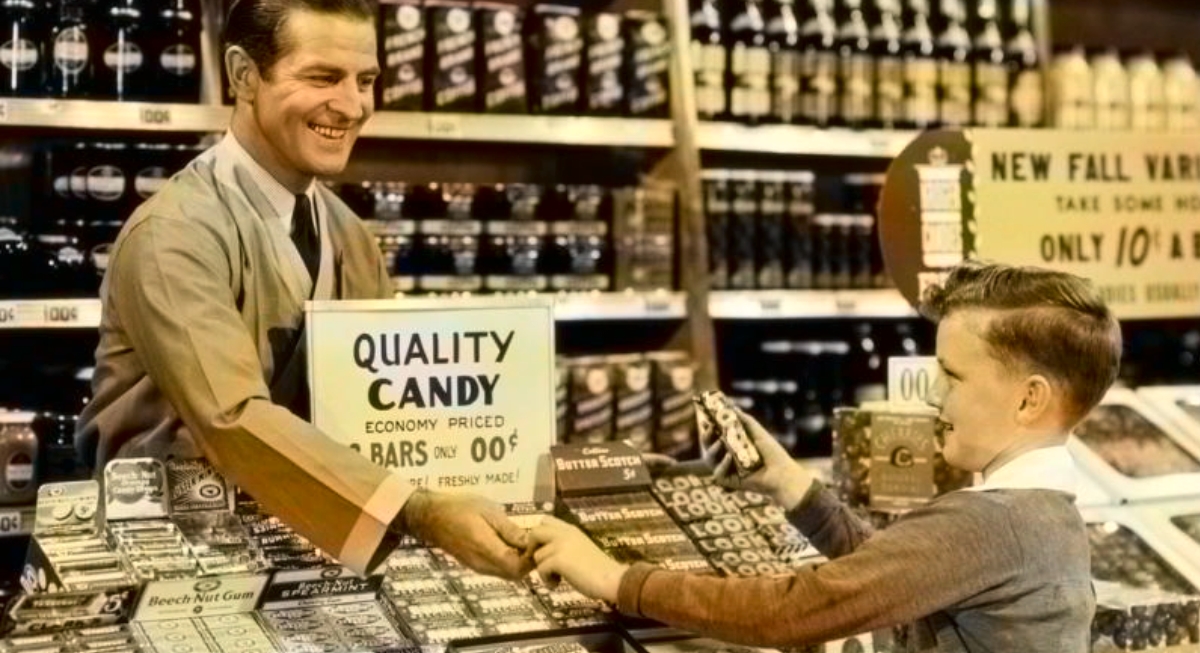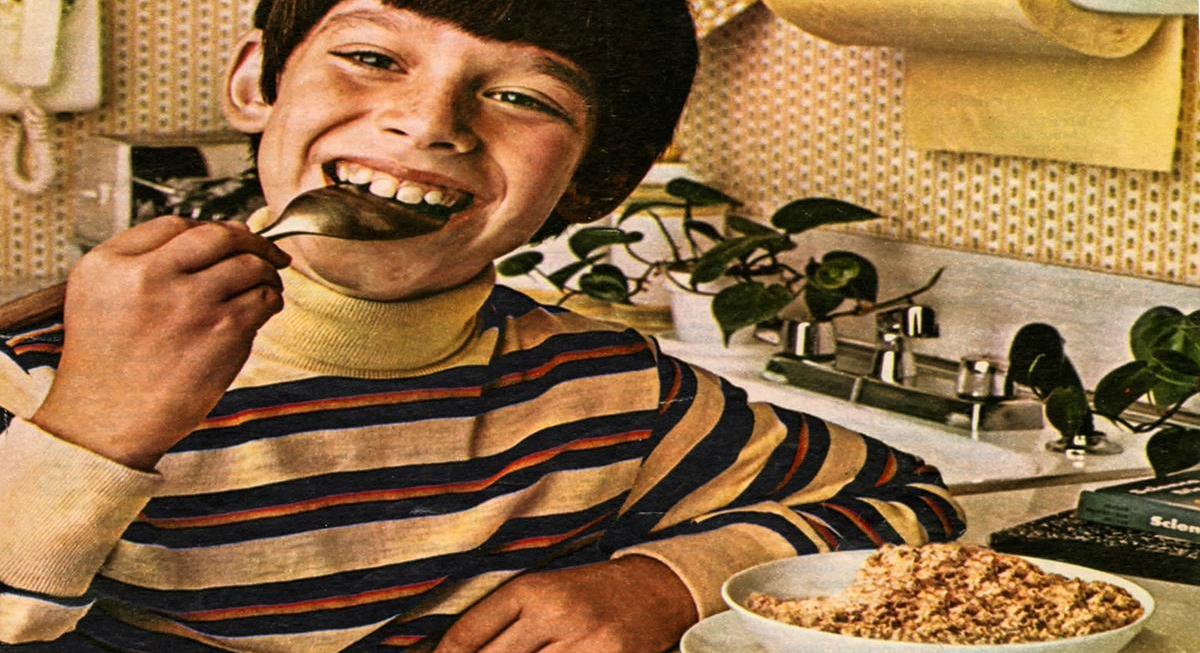Remember racing home after school, tossing your backpack down, and heading straight for the kitchen? The snacks waiting there were wild, colorful, chemical-laced, and totally off-limits by today’s standards. Let’s look back at the after-school treats from the ’70s that definitely wouldn’t fly now.
Koogle Peanut Spread
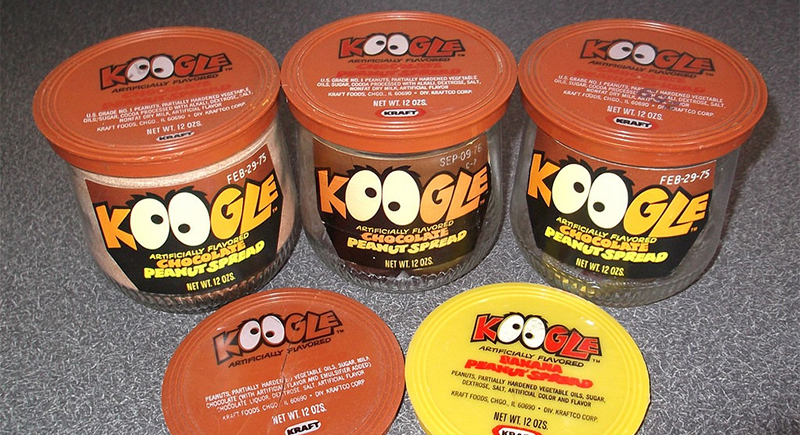
Credit: Facebook
Peanut butter got a sweet makeover in the ’70s–literally–when Kraft introduced this sugary, artificially flavored spread. Koogle came in banana, chocolate, vanilla, and cinnamon varieties, but it was more candy than a protein source. It was packed with hydrogenated oils and sweeteners.
Funny Face Drink Mix
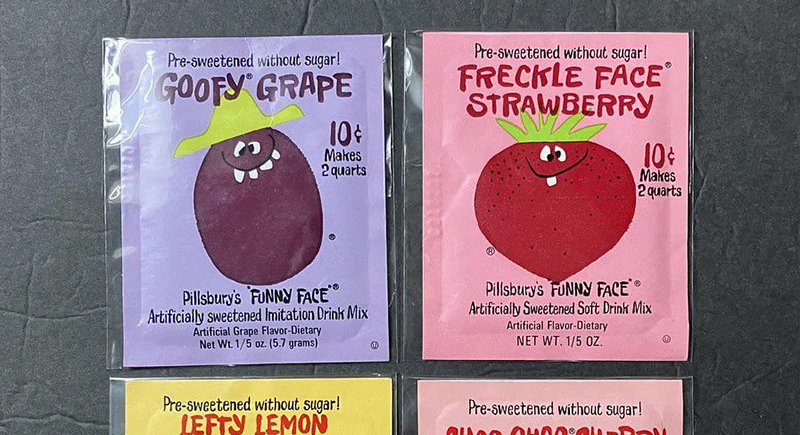
Credit: Reddit
Before Capri Sun and juice boxes, kids stirred this vibrant powder into water, often way over the recommended amount. Funny Face was loaded with artificial dyes and sweeteners, including the now-banned cyclamate. Its once-cheerful cartoon mascots also drew criticism for perpetuating stereotypes.
Space Food Sticks
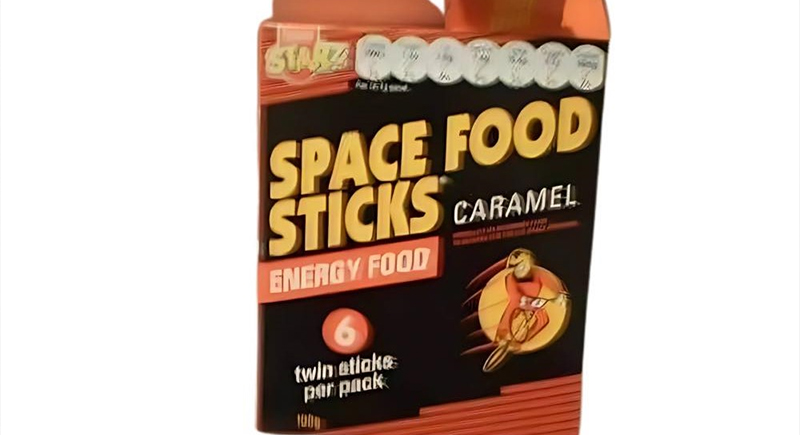
Credit: Instagram
Developed initially with NASA input, these chewy rods were marketed as space-age nutrition for kids on Earth. Despite the astronaut appeal, they were packed with corn syrup, soy protein, and additives. Their strange texture and lack of flavor made them more gimmick than snack.
Jell-O 1-2-3
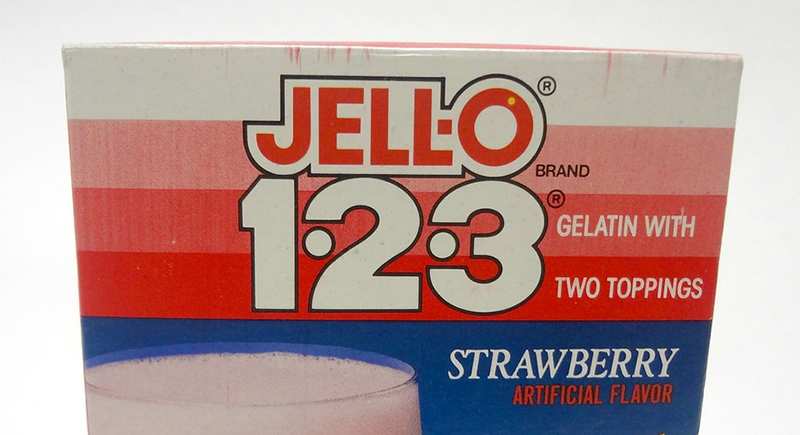
Credit: flickr
After being mixed and chilled, this dessert transformed into three layers—gelatin, mousse, and a foamy top. While visually impressive, it relied on emulsifiers, dyes, and stabilizers to work its magic.
Marathon Bar
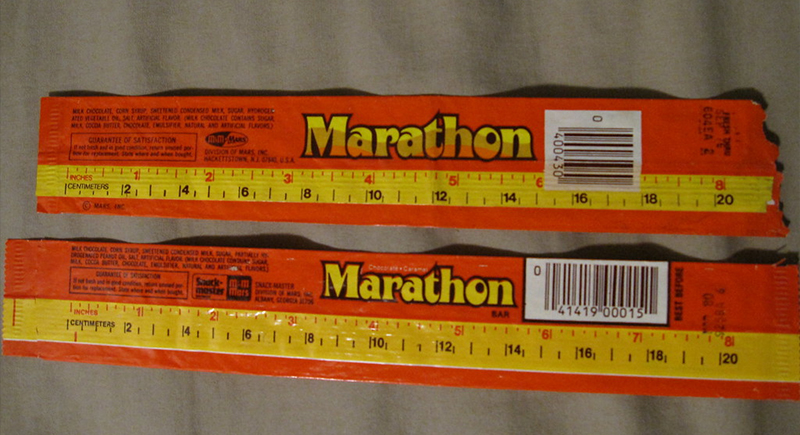
Credit: flickr
This chocolate-and-caramel braid was long, sticky, and wrapped in a bright red wrapper marked like a ruler. It took real effort to eat. The eight-inch bar packed was messy and had more sugar than most kids’ meals today. The dentist-defying chew wasn’t worth the toothache.
Pop Rocks and Soda
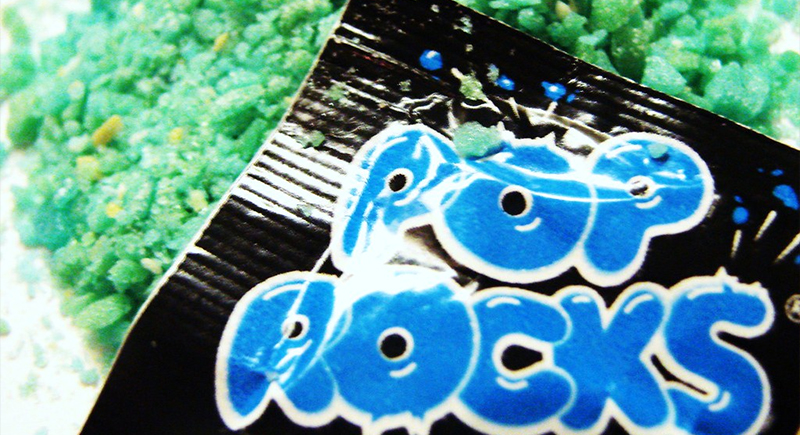
Credit: flickr
Urban legend made this combo famous: some kids believed mixing them would cause your stomach to explode. While that wasn’t true, the experience was still intense—and often messy. Pop Rocks plus soda meant fizz, foam, and the occasional choking scare.
Screaming Yellow Zonkers

Credit: flickr
Popcorn coated in an electric-yellow sugar glaze doesn’t exactly scream health food. Still, Zonkers had a cult following for its sweet crunch and psychedelic packaging. The snack was heavy on Yellow 5, which is now controversial due to behavioral concerns.
Hostess Chocodiles
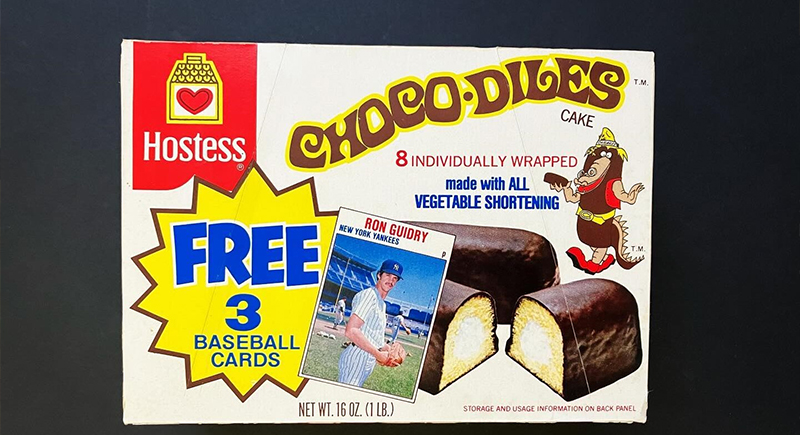
Credit: Instagram
Imagine taking a Twinkie and coating it in a thick layer of chocolate. That’s what Hostess did—the result was as indulgent as it sounds. Chocodiles were sugar bombs with a shelf life that rivaled canned goods. Between trans fats and calorie overload, modern snack shelves would likely say no.
Sir Grapefellow Cereal

Credit: flickr
Not many breakfast cereals have dared to go full grape, but General Mills gave it a try. Sir Grapefellow mixed sugary grape-flavored corn puffs with marshmallows and came in a box adorned with a cartoon British pilot. It was pretty unnatural in both flavor and appearance.
Pizza Spins
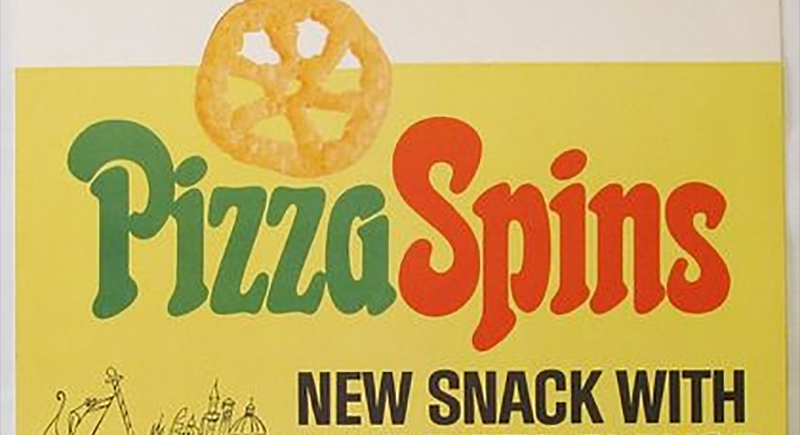
Credit: Facebook
With a name like this, kids expected something like pizza in chip form. Instead, they got aggressively seasoned, crunchy discs covered in artificial cheese powder and tomato flavoring. The orange dust lingered on fingers and in mouths. Regarding ingredients, the snack was high in sodium and artificial flavor.
Candy Whistles
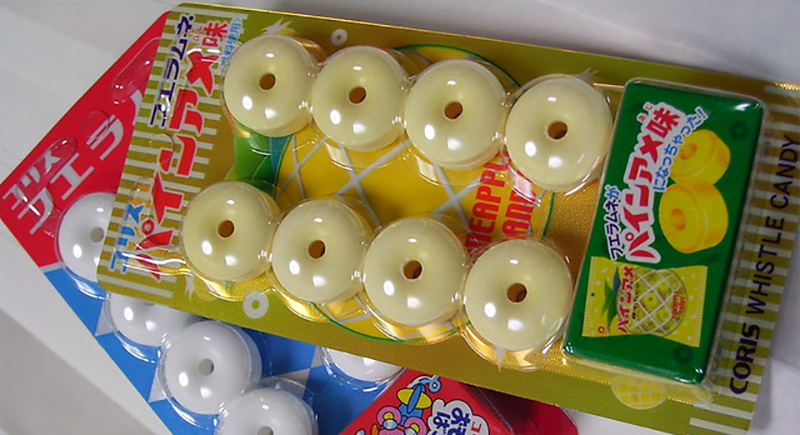
Credit: flickr
These were literally candies you could blow like a flute before eating. That novelty came with a cost: choking hazards. They were also hard, toy-like, and loud, so they drove teachers crazy and concerned parents straight to the trash. In their defense, candy that doubles as a musical instrument should never have been a thing.
Space Dust
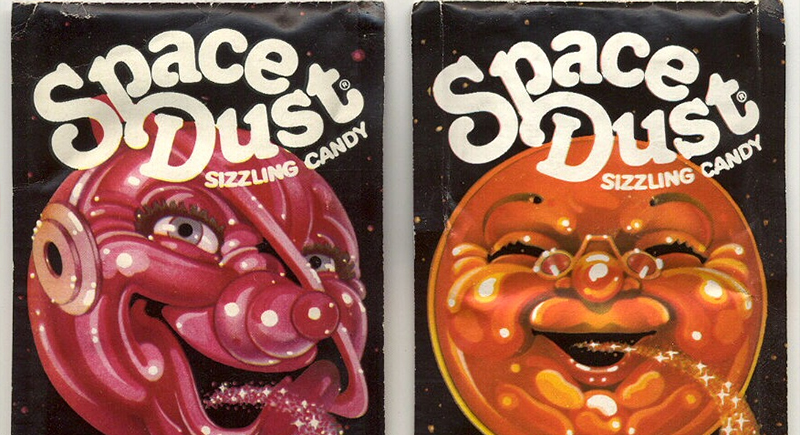
Credit: Reddit
Space Dust was Pop Rocks’ edgier sibling. It was essentially fine, fizzy powder that crackled on your tongue. Its powdery texture made it easy to inhale accidentally, and the name’s similarity to the drug “angel dust” didn’t help its image.
Tuna Twist
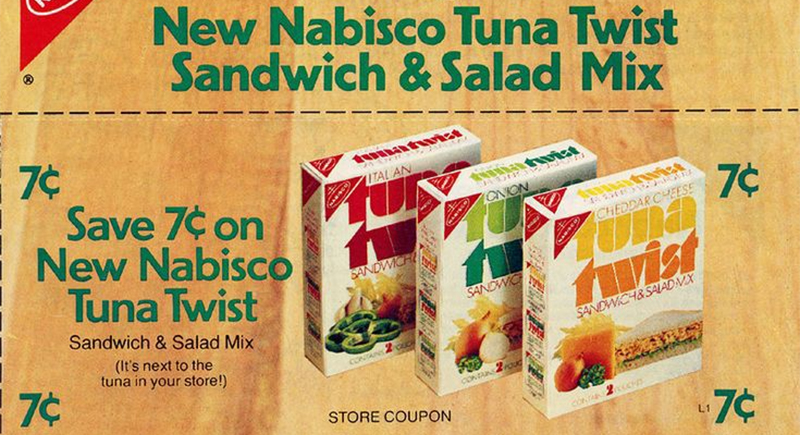
Credit: Facebook
Although it was meant to “improve” canned tuna, this seasoning packet turned a basic pantry item into a sodium bomb. Cheddar and Italian were among the flavors, though the result rarely tasted fresh.
Dippin’ Chips
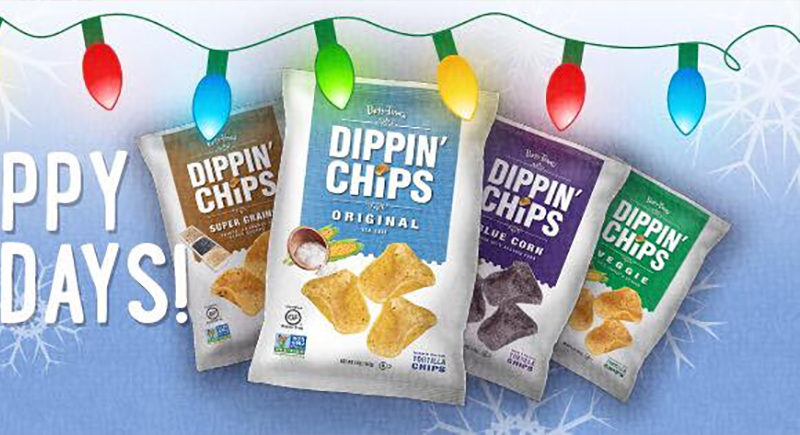
Credit: Facebook
These chips were so rigid that they bordered on painful to bite. They were also salt-heavy, dense, and lacked the light crunch of today’s baked or kettle-cooked varieties. Finger-coating seasoning and a brick-like texture would earn these a hard pass.
Baron Von RedBerry Cereal
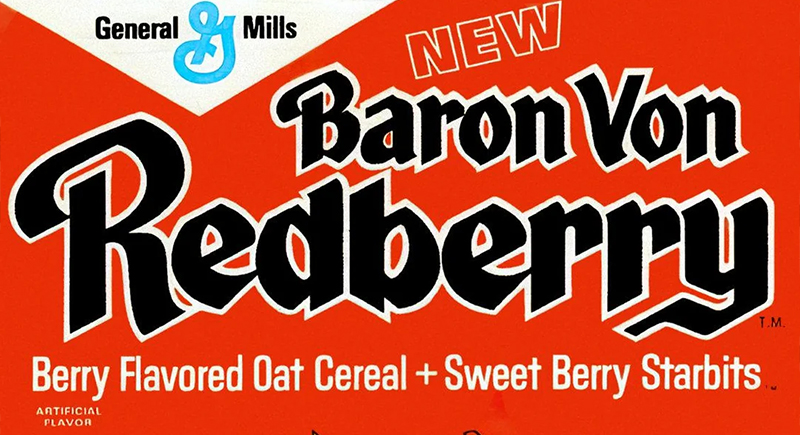
Credit: flickr
This berry-flavored cereal from General Mills tried to capitalize on the cartoon-mascot trend with a fighter pilot theme. Like many cereals of the era, it was loaded with sugar and artificial colors. Red dye, marshmallows, and corn syrup made it further damaging.

